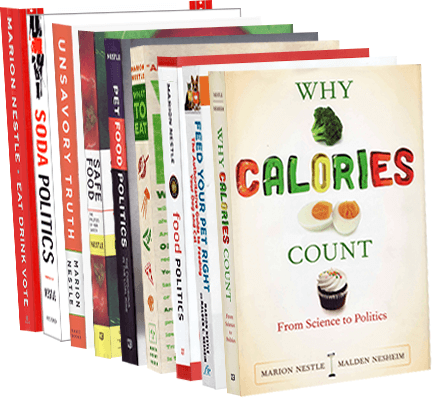Marketing works! A post stolen (OK, with permission) from ConscienHealth
I am a big fan and daily reader of ConscienHealth, mainly because its producer, Ted Kyle, invariably and consistently has something interesting to say about whatever he is writing about (obesity and health, usually).
I liked this one so much—it sounds just like something I would say—that I asked his permission to reproduce it. He agreed. Enjoy!
Controlled Study Shows How to Sell Less Easter Candy (if you click on the link, you can find the place to subscribe or comment)
Not every study in PLOS Medicine is thoroughly impressive, but this one is pure genius. Researchers at the University of Oxford have discovered that if grocers don’t promote Easter candy, they will sell less of it. But wait, there’s more. Those same researchers showed that promoting “healthy items” – like low fat potato chips – yields higher sales for those health-promoting snacks.
PLOS Academic Editor Jean Adams obviously recognized the genius of this research by Carmen Piernas, Georgina Harmer, and Susan Jebb. So she published an opinion paper alongside them, praising it. She says:
“Piernas and colleagues’ studies add to the accumulating evidence that restricting marketing on less healthy foods and encouraging marketing on healthier foods may be an effective way to support public health.”
But she also lamented the fact that implementation of tighter regulation of food marketing is slow to come. She calls it “a sad indictment of our collective inability to create a world that supports everyone to eat in the way they want to, rather than the way the marketers want for us.”
Easter Egg Hunts and a Trip to the Zoo
There’s a lot of great material in this trifecta of medical research and commentary. Adams tells us that supermarkets are out of control:
“The concentration of food marketing in grocery stores can feel particularly overwhelming with parents describing the ‘temptation’ as ‘like a trip to the zoo every week’ for their children.”
Seeing the brilliance of this research and commentary, headline writers got into the spirit. Our favorite:
Hiding Easter eggs better in supermarkets could rescue UK’s waistlines, Oxford study claims
Clearly, journalists understand how to capture the essence of serious public health science.
Actual Health Outcomes?
There’s just one tiny gap in this beautiful story. None of this research offers any evidence of healthier waistlines. It presumes that selling less Easter candy and more low-fat chips will cause waistlines to shrink.
Good luck with that. For decades now, food marketers in the U.S. have been selling us all kinds of food with claims that it’s healthy stuff to eat. Sales boomed and obesity kept rising. Onward and upward.
So count us skeptical that selling more low-fat chips and a little less Easter candy will put a dent in the UK problem with obesity.
Click here for the Easter candy study and here for the study of merchandising for low-fat chips. For the commentary by Adams, click here. And if this screed hasn’t been enough, click here for our further thoughts on the quest for a sustainable, nourishing, food supply.

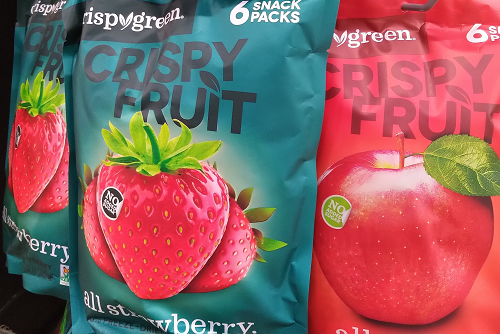
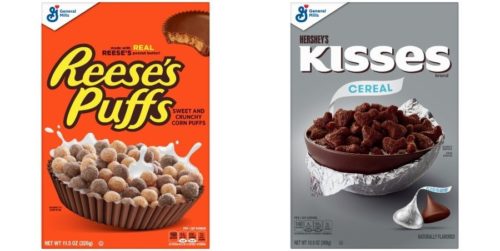
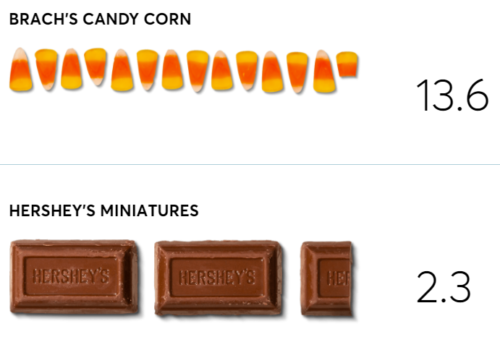


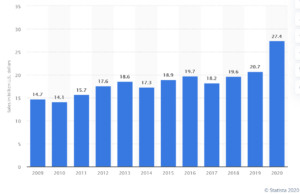 Valentine’s Day is big business. Here are some items:
Valentine’s Day is big business. Here are some items: